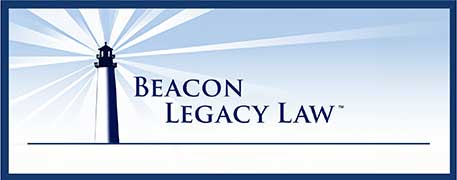In my 15+ years practicing trusts and estates law, we often work with clients who have significant wealth in tax-qualified accounts (401(k)s, 403(b)s, traditional and Roth IRAs).
Simple Approach: Individual Beneficiaries
Often it works well to simply name individual beneficiaries on the designation form—spouse as primary, children as contingent beneficiaries in equal shares.
When Individual Naming Can Be Problematic
Minor Children
If you name children under 18 individually and you die before they turn 18:
- Assuming assets exceed $15,000, we'd need to open a guardianship
- At age 18, they receive everything with full control
- They can withdraw it immediately—likely not your intended outcome
Adult Children Needing Asset Protection
If you're concerned about divorce, creditor claims, lawsuits, or judgments, naming them individually may not provide adequate inheritance protection.
Standalone Retirement Trust Solution
You name a trusted person as trustee (with backup trustees). When you pass away, if your standalone retirement trust is the beneficiary, the trustee makes decisions about distribution frequency and amounts to your beneficiaries.
Customization Options
This approach is highly customizable—you can leave decisions fully to trustee discretion or set specific requirements for amounts/percentages at certain times.
This is an excellent solution for providing asset protection or when you have concerns about beneficiaries' judgment regarding money management.
Explore comprehensive wealth strategies for retirement planning.

